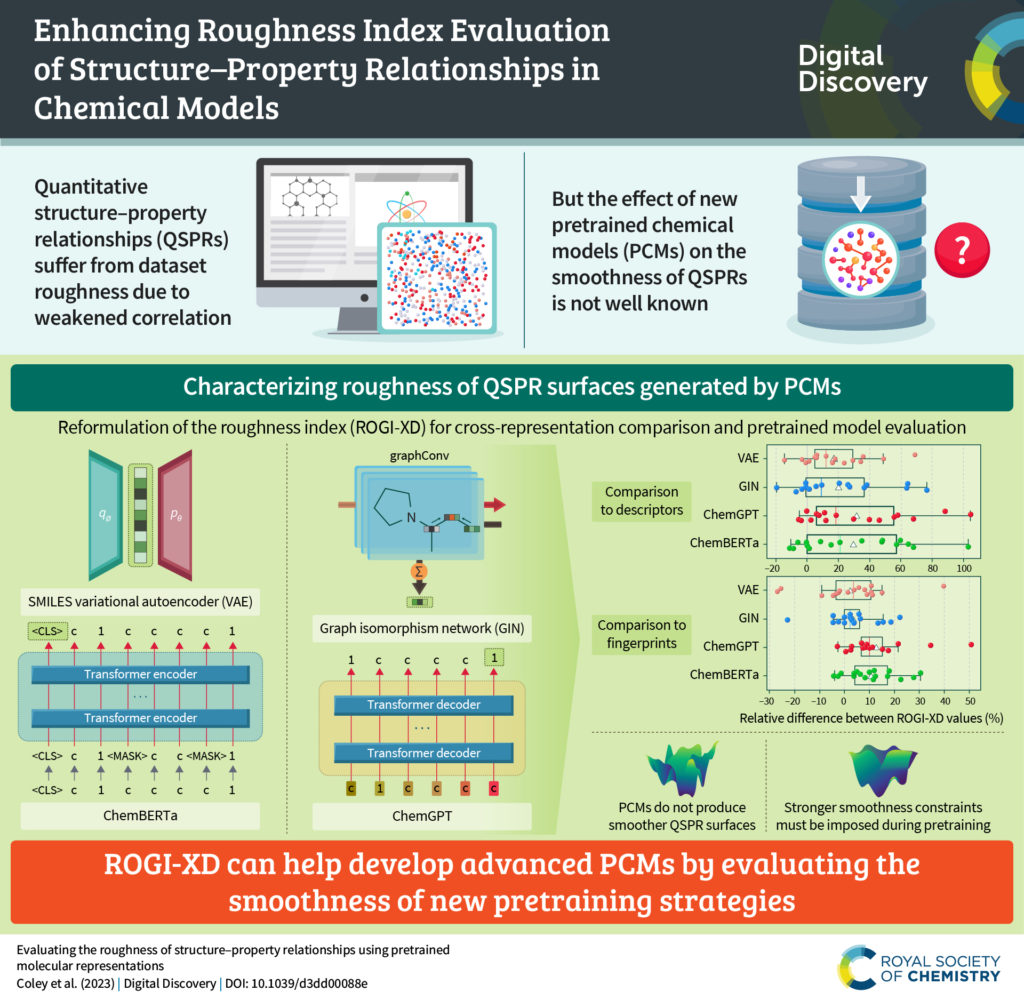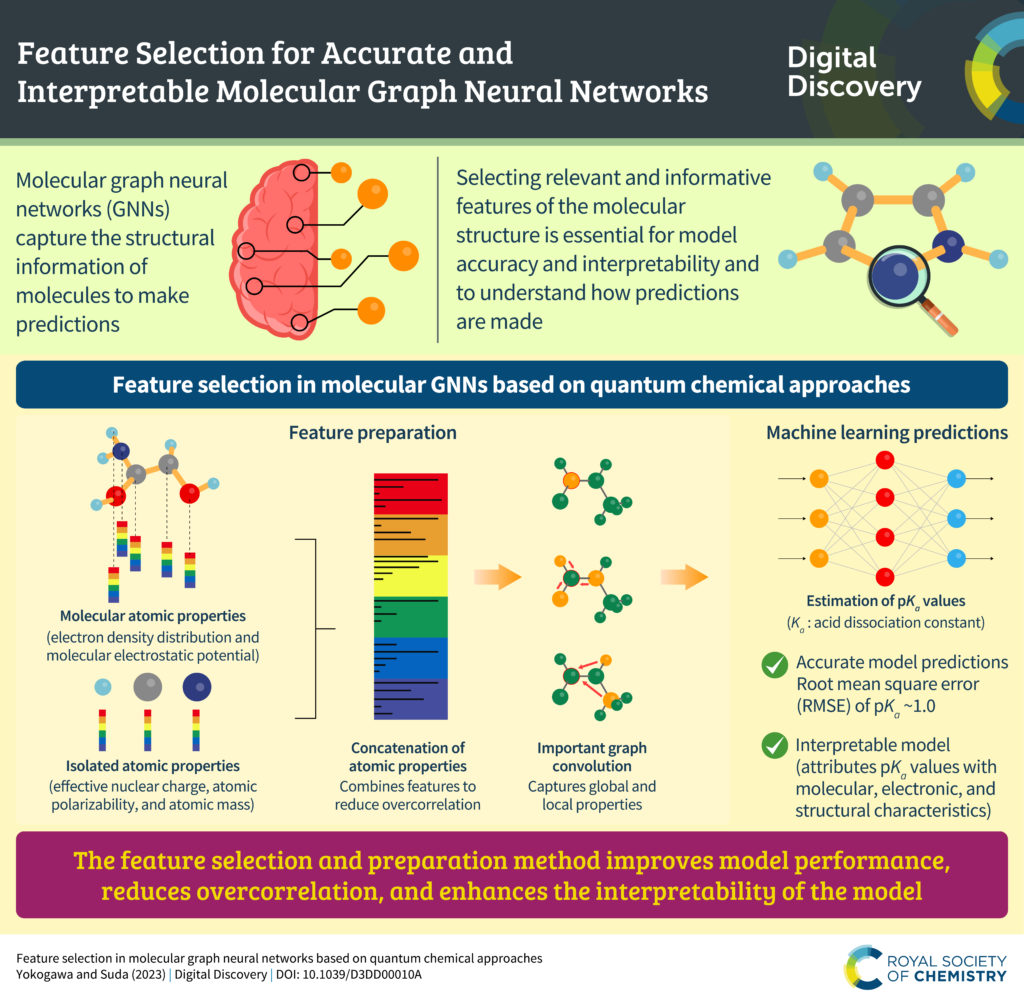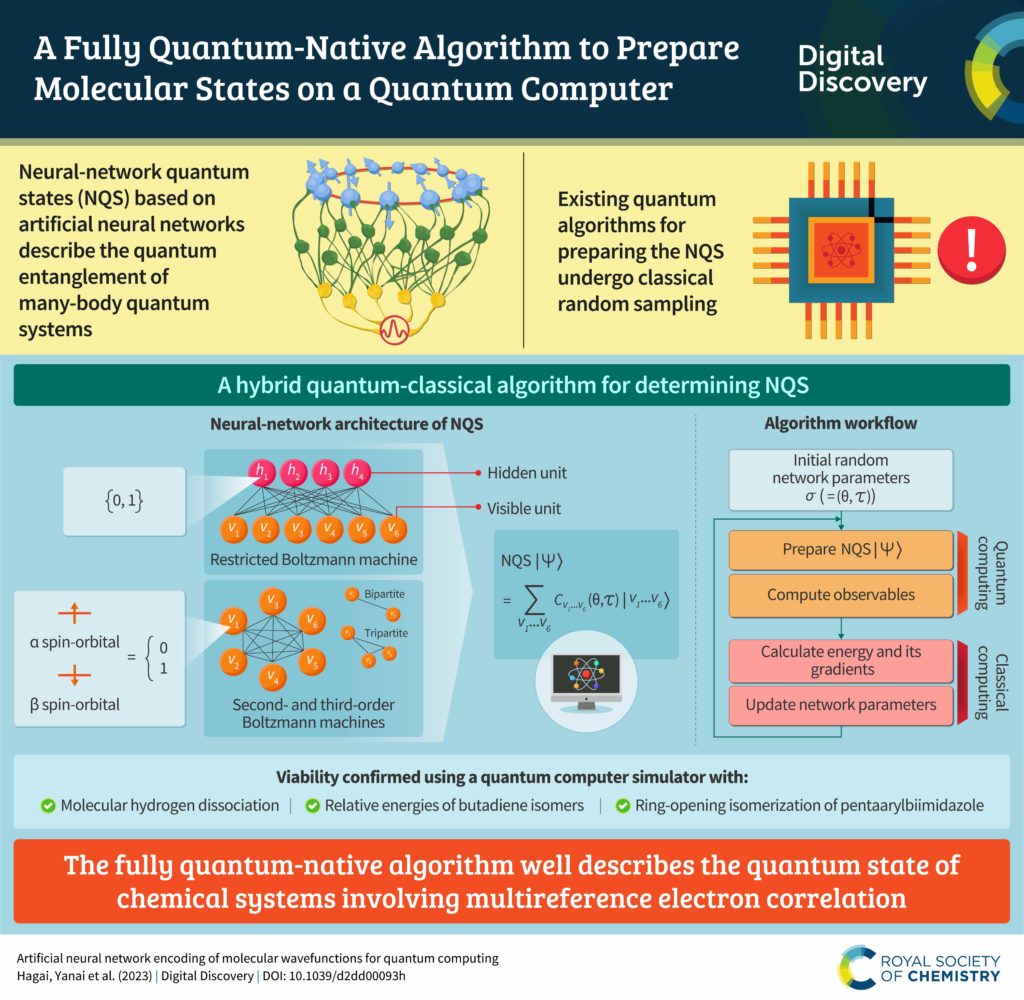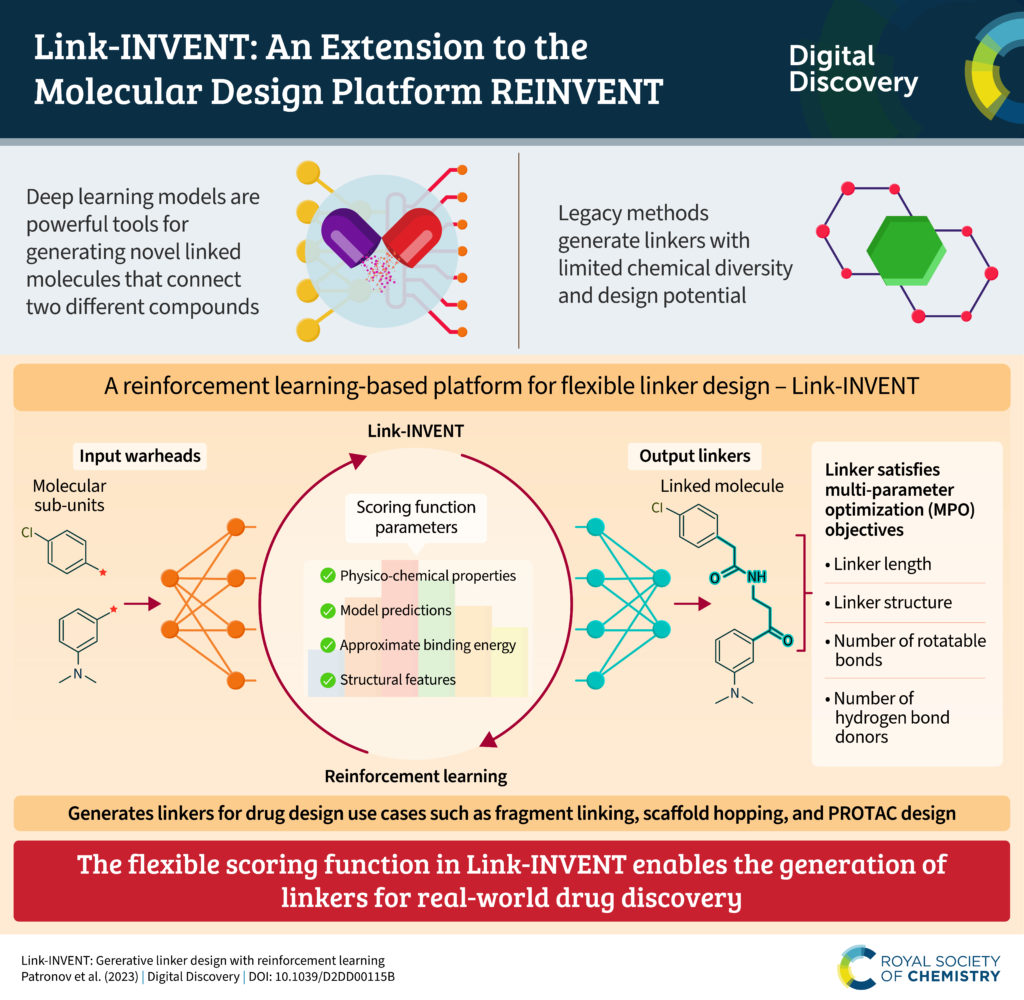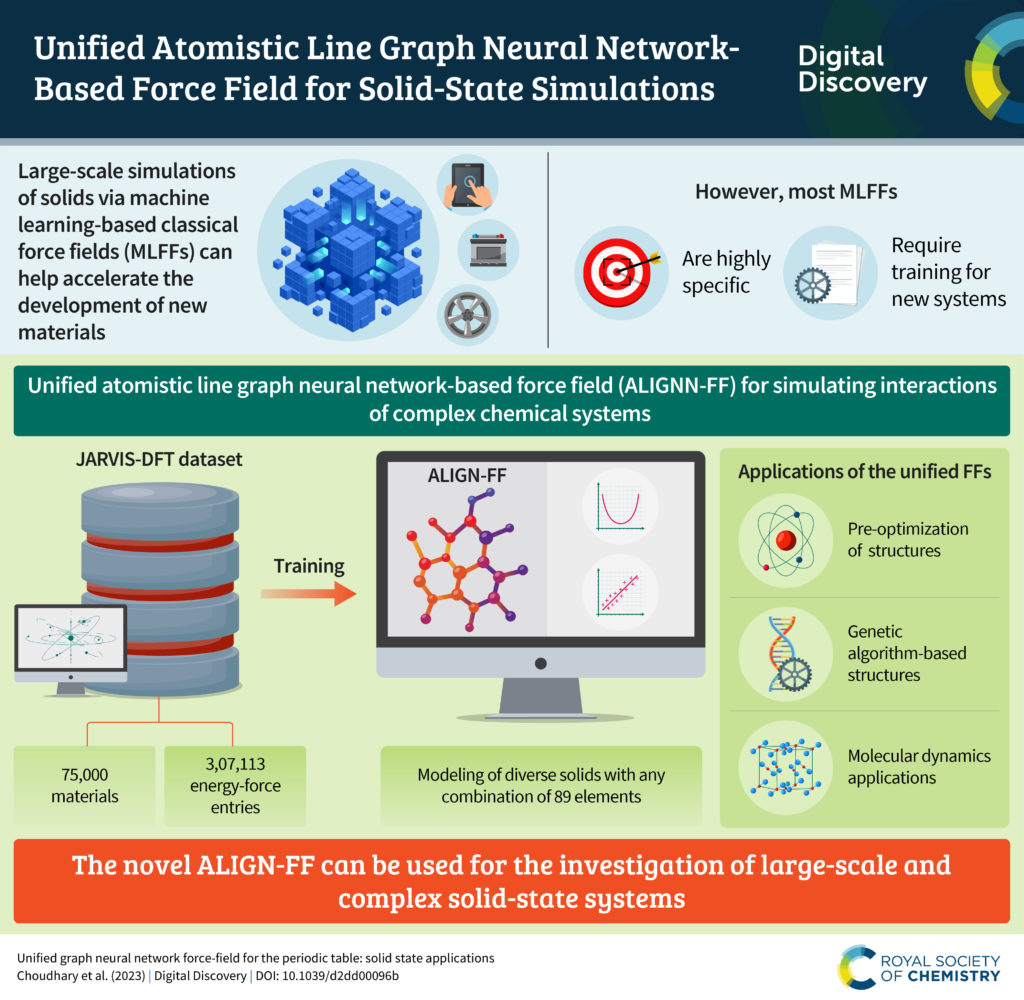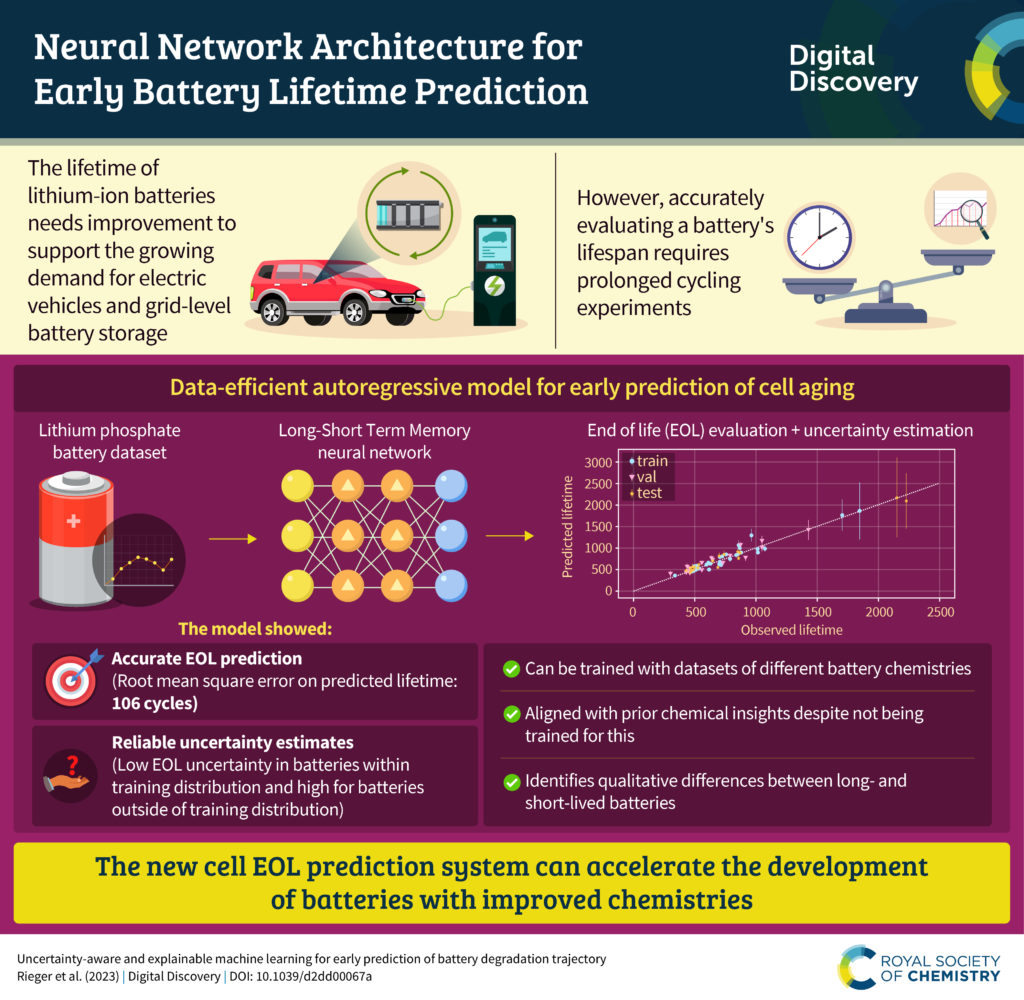Our new infographic highlights work from Hilton et al. on a 3D-printed, modular system for classical and photochemical synthesis:

Read their paper below to find out more:
Digitisation of a modular plug and play 3D printed continuous flow system for chemical synthesis
Mireia Benito Montaner, Matthew R. Penny and Stephen T. Hilton, Digital Discovery, 2023, 2, 1797–1805


